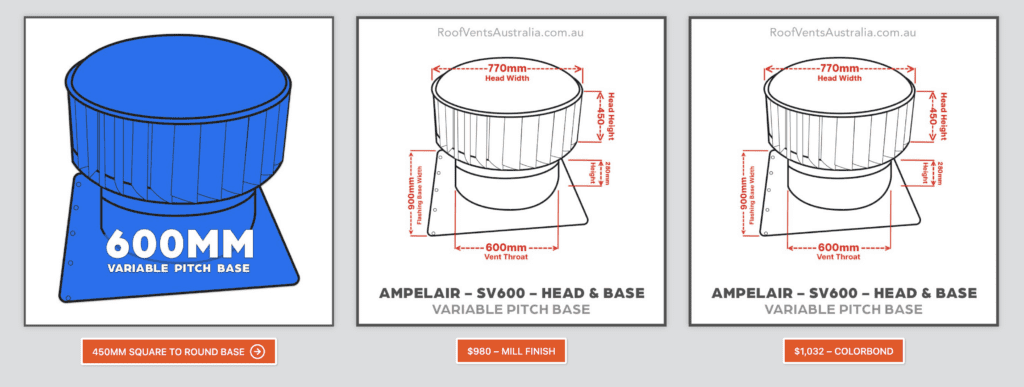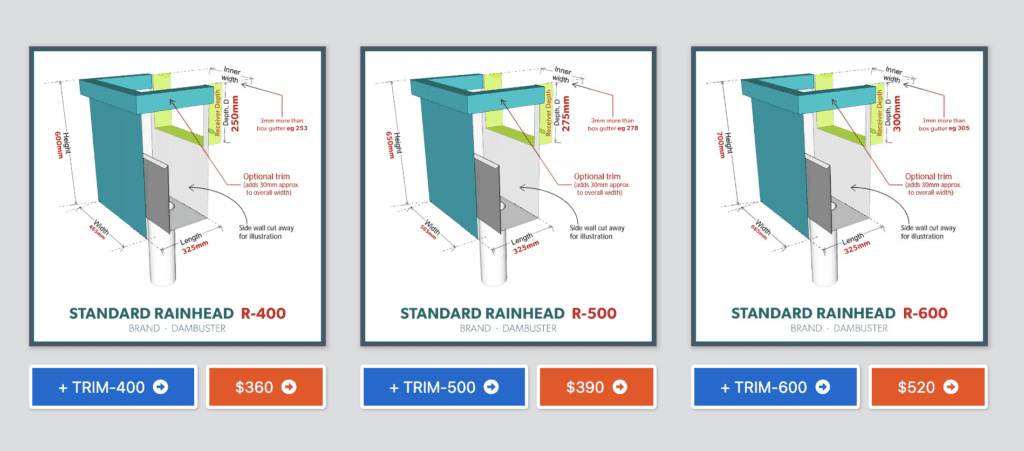Navigating Australian Commercial Roof Standards: From Safety to Sustainability


Rain Heads Custom Made Shipped Free Australia Wide – Click Here >
Dambuster Rain Heads Shipped Free Australia Wide – Click Here >
Commercial Industrial Roof Vents 300mm-950mm – Click Here >
Eco-Friendly Roofing Insulation Shipped Free – Click Here >
Gutter Sumps Shipped Free Australia Wide – Click Here >
The vast and diverse landscapes of Australia, stretching from the arid deserts of the Northern Territory to the picturesque coastlines of South Australia, come with a unique set of challenges for the construction industry. One such challenge, critical to the safety and aesthetics of commercial buildings, is roofing. Not only must these roofs be sturdy and compliant with local safety standards, but with growing environmental concerns, the emphasis is now also on being eco-friendly.
In this article, we’ll journey through Australia, shedding light on commercial roofing standards, innovations, and best practices that are shaping the industry’s future.
1. South Australia: Prioritizing Safety Above All
In South Australia, the safety of workers and the integrity of commercial buildings is paramount. Commercial roof safety standards in the region ensure that not only are the materials used of top-notch quality, but the methods of installation and maintenance are in line with best practices.
For commercial establishments, especially in cities like Adelaide, these standards translate to regular roof inspections, use of guard rails, and safety harnesses during installation or repair. To ensure compliance, businesses are advised to work with roofing professionals familiar with the region’s specific safety regulations.
2. Northern Territory: Metal Roofing with a Mandate
The sweltering heat of the Northern Territory requires robust roofing solutions. Metal roofing, due to its durability and heat-reflective properties, has become the preferred choice for many. But with this preference come stringent regulations.
Northern Territory metal roofing regulations focus on ensuring that metal roofs are both safe and energy-efficient. Proper sealing to prevent leaks during the monsoon and sufficient insulation to combat the heat are just the tip of the iceberg. Considering the unpredictable weather patterns in areas like Darwin, commercial establishments are also required to ensure their metal roofs can withstand cyclonic conditions.
3. Hobart’s Green Footprint: Embracing Eco-Friendly Metal Roofs
Hobart, Tasmania’s capital, is leading the way in eco-friendly metal roofing solutions. With an increased emphasis on sustainability, businesses in Hobart are looking at metal not just for its durability but also its eco-friendly properties.
Metal roofs in Hobart are often made of recycled materials and, once they reach the end of their life cycle, can be fully recycled, leaving minimal waste. Additionally, the reflective nature of metal reduces the need for excessive air conditioning, thus conserving energy. Eco-conscious businesses are even exploring the possibility of integrating solar panels into their metal roofs, turning a simple roof into a powerhouse of energy generation.
4. Gold Coast: Breathing Life into Old Structures
Gold Coast, known for its shimmering beaches and high-rise skyline, is seeing a surge in commercial roof renovations. Rather than tearing down old structures, businesses are opting to revamp, and the roof plays a pivotal role in this transformation.
Gold Coast commercial roof renovations involve upgrading old roofing systems to meet current safety and environmental standards. This could mean swapping out outdated materials for eco-friendly alternatives or reinforcing existing structures to withstand the challenges posed by the coastal environment.
5. Sunshine Coast: The Colorful Palette of Metal Roofs
Sunshine Coast, with its vibrant communities and picturesque views, has a unique roofing trend: color. Sunshine Coast metal roof color options are vast and varied, reflecting the region’s lively spirit.
From deep ocean blues to sunlit golds, businesses are opting for hues that complement their brand identity while also blending seamlessly with the environment. Moreover, these colored roofs are treated to resist UV radiation, ensuring that the color doesn’t fade and continues to stand out for years.
6. Geelong: Insulation that Makes a Difference
Geelong, situated southwest of Melbourne, is known for its varying temperatures, making insulation a crucial component of commercial roofing. Geelong commercial roof insulation techniques are cutting-edge, focusing on both thermal and acoustic insulation.
The most common technique involves sandwiching a layer of insulating material between two metal sheets. This not only keeps the building cool during summers and warm during winters but also ensures a quieter indoor environment, crucial for businesses aiming for a calm and productive atmosphere.
Concluding Thoughts
From the stringent safety standards of South Australia to the colorful canvas of the Sunshine Coast, commercial roofing in Australia is a testament to the nation’s commitment to safety, innovation, and sustainability. As climate concerns become even more pressing, the role of roofing will continue to evolve, making it essential for businesses to stay informed and make choices that align with both their brand ethos and the planet’s well-being.
For businesses and commercial establishments across Australia, understanding and adhering to regional roofing standards and trends isn’t just a regulatory requirement. It’s a step towards creating safer, more energy-efficient, and aesthetically pleasing structures that stand the test of time. So, the next time you look up at a commercial building, remember the thought, research, and innovation that went into its crown—a roof that protects, conserves, and impresses.
